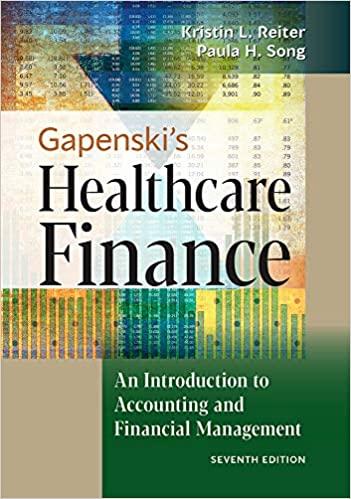Seattle Health Plans currently uses zero-debt financing. Its operating income (earnings before interest and taxes, or EBIT)
Question:
Seattle Health Plans currently uses zero-debt financing. Its operating income (earnings before interest and taxes, or EBIT) is
$1 million, and it pays taxes at a 30 percent rate. It has $5 million in assets and, because it is all-equity financed, $5 million in equity.
Suppose the firm is considering replacing half of its equity financing with debt financing bearing an interest rate of 8 percent.
a. What impact would the new capital structure have on the firm’s net income, total dollar return to investors, and return on equity
(ROE)?
b. Redo the analysis, but now assume that the debt financing would cost 15 percent.
c. Return to the initial 8 percent interest rate. Now, assume that EBIT could be as low as $500,000 (with a probability of 20 percent) or as high as $1.5 million (with a probability of 20 percent). There remains a 60 percent chance that EBIT would be $1 million. Redo the analysis for each level of EBIT, and find the expected values for the firm’s net income, total dollar return to investors, and ROE. What lesson about capital structure and risk does this illustration provide?
d. Repeat the analysis required for Part
a, but now assume that Seattle Health Plans is a not-for-profit corporation and pays no taxes. Compare the results with those obtained in part a.
Step by Step Answer:

Gapenski's Healthcare Finance An Introduction To Accounting And Financial Management
ISBN: 9781640551862
7th Edition
Authors: Kristin L. Reiter, Paula H. Song





